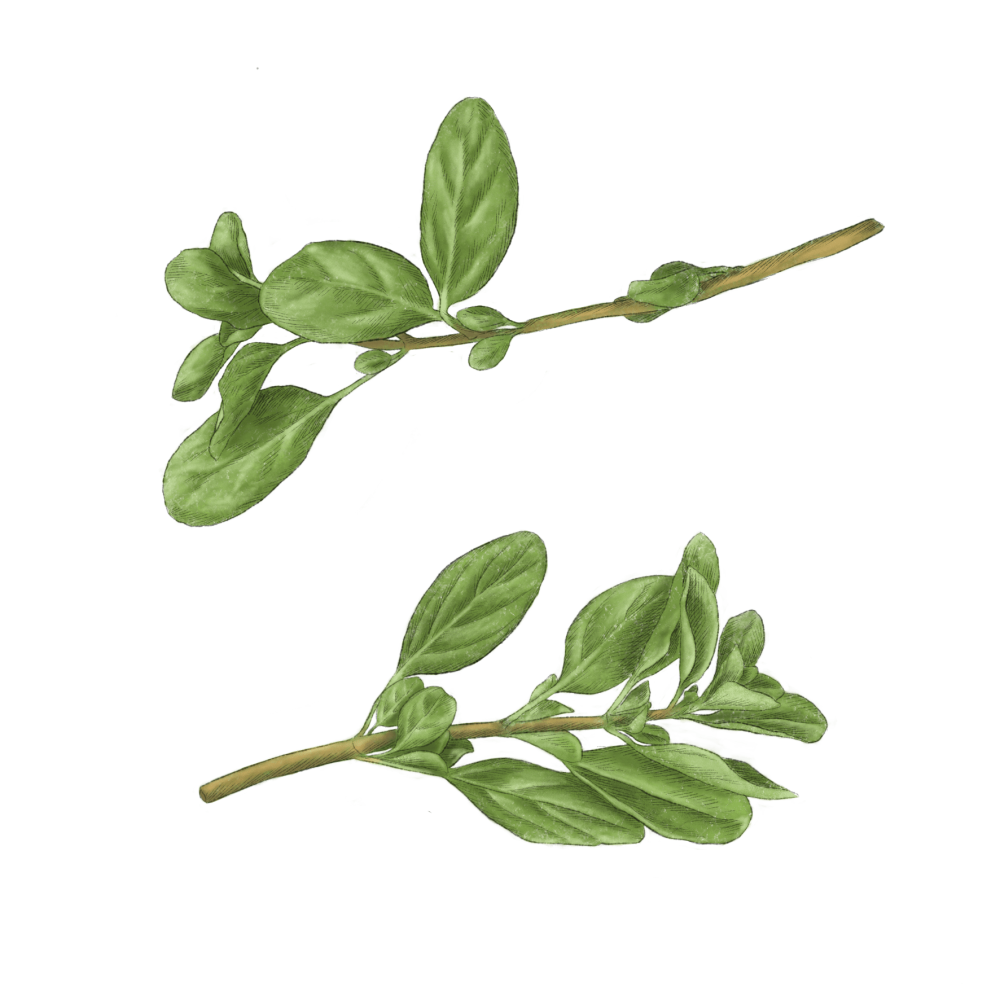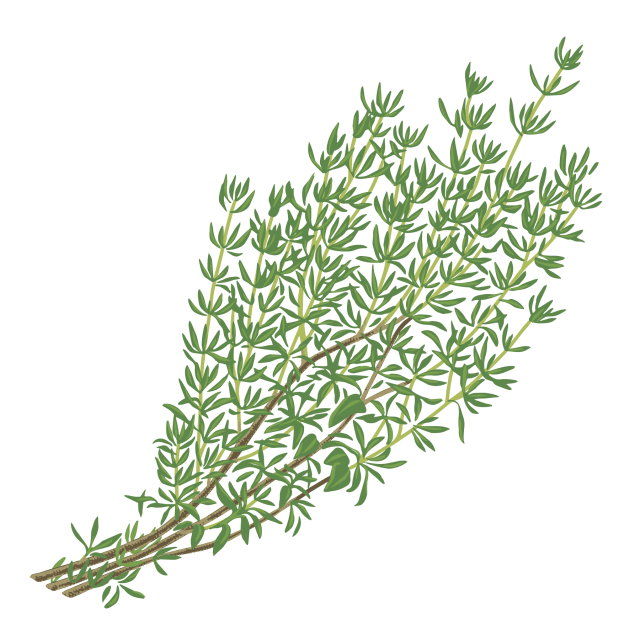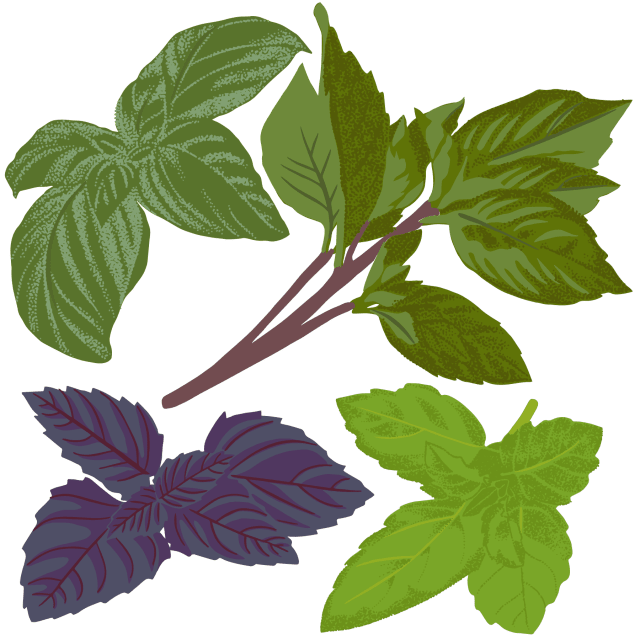Marjoram

Latin name: Origanum majorana
Other names: sweet marjoram
Uses: herb, tea, medicinal
What is marjoram?
Marjoram was a favorite potherb in Shakespeare’s time (garnering a mention in King Lear), was added to ale to make it less bitter and get you more drunk, and even added to snuff. Today, marjoram unfairly spends most of the time in her sister oregano’s shadow, but real heads appreciate its subtlety and depth.
Why is marjoram healthy?
Marjoram has powerful nutritional and health benefits, especially when consumed fresh. Like many herbs, marjoram seamlessly serves as both food and medicine; the oil contains several chemical compounds that show promising antioxidant properties in clinical trials.
What does marjoram taste like?
The leaves and flowering tops of marjoram taste like a milder, sweeter oregano (the two herbs are closely related), with hints of savory pine, citrus, and thyme. These aromatic compounds are intensified when dried; rub the dry herb between your fingers to activate the fragrance before adding it to a dish.
How do I use marjoram?
If you’re using fresh marjoram, either toss in whole sprigs and retrieve before serving or strip the tender leaves off the woody stems and finely mince before sprinkling in towards the end of cooking, to preserve flavor. You can use fresh marjoram with minced shallots and white wine to add elegance to mushroom dishes and earthy farro risotto. Mix it with your favorite herbs and stir it into melted butter, perfect to soak into savory bread pudding or to toss with crisply roasted potatoes.
What does marjoram pair well with?
Dried marjoram is a common ingredient in zata’ar and herbes de Provence, which gives you a clue about geographic starting points with the herb. Combine marjoram with Middle Eastern and Levantine flavors (tahini, lemon, olive oil, garlic) and use it with eggplant, peppers, chickpeas, and rice; add it to pots of flageolets with sturdy greens and Provençal spices.
Where does marjoram grow?
Marjoram is native to the sun-drenched Mediterranean but can be grown as a tender perennial in most temperate parts of the world. Like its savory mint-family kin, marjoram roots easily from stem cuttings. To grow your own, give it full sun and sandy, well-drained soil.
How to buy marjoram:
When buying the fresh herb, look for leaves that aren't drying out. But if they do start to dry out, fear not — like other woody herbs (oregano and rosemary) it dries well. Keep dried herbs away from light and heat.
Fun marjoram fact:
Marjoram contains borneol. This substance is found in castoreum, harvested from the anal sacs of beavers. Castoreum is used in the perfume and flavor industries for its redolence of vanilla, tobacco, and leather, and also flavors a Swedish schnapps called Bäverhojt, or “beaver shout.”




